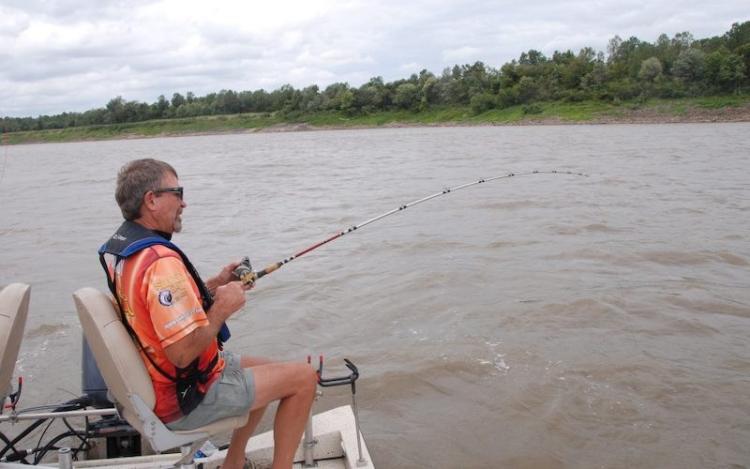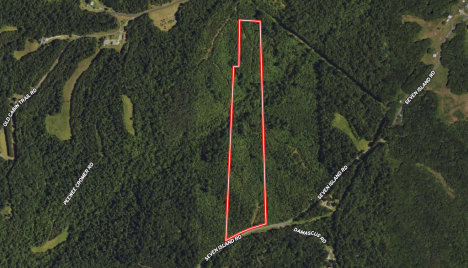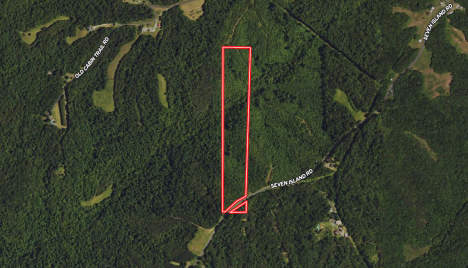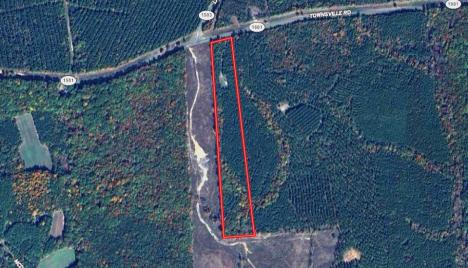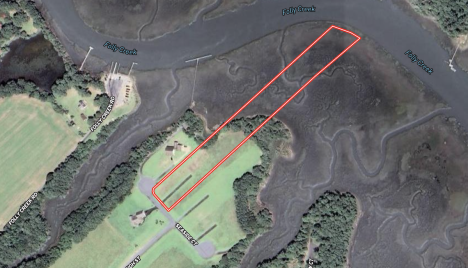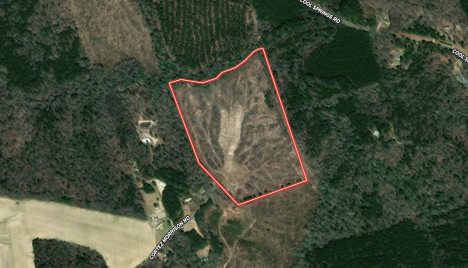For anglers who ply high volume rivers in search of trophy catfish, bumping catfish has become all the rage.
From a strategic perspective, targeting trophy catfish has historically been pursued using two specific tactics. The first is time-tested and has caught more big catfish than any other, basically due to its simplicity – anchor on a particular spot and fan-cast weighted lines into areas where catfish are known to lurk and wait for them to come to you.
The second tactic has become popular in the more modern era of catfishing, with anglers dragging weighted lines either behind or to the side of the boat, using the wind, currents, or a trolling motor to move the boat across the intended fishing area.
During the past several years, a third tactic has rapidly gained in popularity. What lies behind “door number 3” is a specialized tactic for specific catfishing locations and has topped the charts in recent years by bringing in heavy weights of catfish to organized catfishing tournaments. The tactic is called “bumping.”
Bumping for catfish is most effective in rivers or other areas with heavy current, many of which are prime catfishing waters. Large rivers and waterways are the top spots and brings to mind such places as the Mississippi and Ohio Rivers, but tail races or canals coming out of reservoirs, especially when releasing current, are other options.
If you are familiar with back-trolling, then it should be a little easier to understand the concept of bumping. While back trolling typically refers to suspending a bait up in the water column while reducing the drift rate of the boat, bumping is essentially pushing the bait across the bottom ahead of the progress of the boat, while moving in reverse.
The tactic has caught on rapidly in the catfishing community, so much so that fishing tackle manufacturers have come out with specific fishing rods and reels designed for bumping. Terminal tackle has been designed or redesigned to fit the purpose, and even boat manufacturers are designing the interior layouts of catfishing boats to accommodate several anglers fishing from the stern and sides of the boat while bumping baits along the bottom in search of big catfish.
Bumping requires a substantial amount of current to work. The current must be too fast to allow for conventional trolling, which would move the boat and the baits at too fast a clip to be effective for targeting catfish. Ideally, the water depth in these areas would be at least 10 feet deep and preferably deeper. In heavy current situations, trophy catfish will find a current break in the slipstream to keep from having to fight the current and will face into the stream waiting on a suitable meal to wash by.
Bumping is the process of the angler positioning the catfishing boat into the current and using a bow-mounted electric trolling motor to cut the backward momentum of the boat drift in half, while fishing a bottom bouncing rig from the rear of the vessel. This provides a very natural presentation of the bait to the fish, all while covering a lot of ground and giving a larger number of fish a shot at the hook.
Initially, bumping might seem to be a vertical presentation, but this is not the case. Bumping is very similar to trolling the bottom, only in reverse. To get the right angle in the presentation, the angler lets out more and more line until the bait is nearly sliding across the bottom with the current at a much slower speed than trolling with the current. It takes developing a feel for the tactic to be effective.
Unlike the other two primary catfishing tactics, bumping is a one pole per angler affair. The angler must hold the rod and constantly disengage the reel in order to let enough line out to keep the bait moving at the right speed and at the correct angle. Constant adjustments are made as the rod is raised and lowered, feeling the weight contact the bottom, and keep the rig moving.
Catfish anglers who have mastered the tactic describe hitting a sweet spot during the presentation where the rod tip is lifted only a few inches and then bumped back to the bottom, allow the bait to progress in short two to three-foot hops without moving the bait very far off the bottom.
Such a progression of movement allows for a very natural presentation of the bait.
Speaking of baits, the hands down favorite is something that would naturally be found in the area you are fishing and preferably something that catfish are currently feeding on. Many veteran catfish anglers swear by cut skipjack herring, but will admit that other cut baits – shad, perch, even invasive carp species will work if that’s what catfish are eating in the current location.
Getting the hang of bumping is a challenge itself, but that’s only half of the equation. At some point along the way, a catfish, hopefully a big one, will fall for the bait and eat it. When that happens, the angler needs to be able to distinguish the bite from the bottom and take action quickly. Knowing when the fish has taken the bait is probably the hardest part of mastering the tactic. In a reversal of other tactics, catfish rarely move off when they take the bait, preferring to remain in their ambush site. Up top, the boat continues to move along.
It’s paramount that anglers maintain contact with the rig as it scoots along the bottom, frequently lifting and allowing the rig to drop. When a fish takes the bait, the bite can be described as a mushy feel, an impediment to the rig coming cleanly off the bottom. Since a large circle hook is the business component of the rig, the angler should quickly reel in line rather than jerking the line to set the hook.
A hook-up with a fish, as the circle hook finds it’s mark, will result in a fish fighting on the end of the line. A snag, or at least contact with something on the bottom that is not a fish, and turning the reel handle rapidly, will result in the rig clearing the obstruction and allowing the angler to then release the spool, regain the bottom, and continue bumping.
The more horizontal you can get with the presentation, the more effective you will become at the tactic and the more natural the presentation will look. Anglers new to the tactic are discouraged from trying to stay vertical, which may seem easier, but not as effective.
Reasoning behind this is because the further the rig is allowed to drift behind the boat (because there’s more current on the rig than the boat, thanks to the efforts of the trolling motor), the more natural the presentation which results in more and more quality bites. A bait that is bounced vertically will have the effect of hopping several feet before regaining contact with the bottom. A bait bumped at a diagonal angler will skip across the bottom.
Another item of note is to realize that the river bed is not flat at all times beneath the boat. There are valleys and hills, holes and debris that are both attractive to catfish, but make it tougher on the angler in the boat to maintain contact and control over the rig. At first, it may seem unfathomable to bump a baited rig along an uneven bottom, scattered with structure that may rise several feet off the bottom, and still be able to distinguish when one of those tell-tale bumps means there’s a fish on the line. The way you gain that proficiency is the same way you get to Carnegie Hall.
Because big catfish have an affinity for ugly structure and there’s really no way to avoid bumping the rig through it, even if you wanted to, there will be times when the rig hangs up.
Some consolation to this is the hook leader utilized is at least 10 pounds lighter than the main line so hopefully if a break-off occurs, it’s either just the hook leader or the weight leader and not the whole rig.
How to Create a Catfish Bumping Rig
Catfish bumping rigs can run the gamut from simple to complex, using very few components or a host of them. The ideal catfish bumping rig has a lot to do with better feel of the bottom, tinsel strength, and hook setting power. a look at some of the components that will help you achieve the end result:
Hawaiian Swivel
This unusual component is used to tie the 65-pound main braided line to the rig. It has 125-pound breaking strength and serves as a quick-change release when changing rigs.
Interlocked Barrel Swivel
Two interlocked swivels produce a super reliable link in the bumping rig. The combo is a 3/0 swivel interlocked with a 2/0-barrel swivel and is preferred over a 3-way swivel because it provides the main fishing line with direct inline contact with the weight. As indicated, the most important aspect in bumping is feeling the bottom. The tag end of the smaller swivel goes to the hook.
Snaplock swivel
Also known as a coast lock, the snap swivel attaches to the weight line. The length of the weight line varies from 18 inches to 2 feet. A shorter weight line is used for falling water levels and a longer weight line is used for rising water.
Cannonball Weight
Anglers have a variety of weight shapes for bumping, but a round cannonball weight provides better utility over other styles of weights because there is more surface area on the ball. When it makes contact with the bottom, there is only one bump. In contrast, a pyramid or bank sinker sees a lot of use in catfishing circles but because the weight falls over when it hits the bottom, there can be a false “double tap” when using an oblong weight. The weight rule of thumb is more weight for faster current and/or slower boat speed and less weight for slower current or faster speed.
Hook
Like many pieces of terminal fishing tackle, many articles come down to a matter of personal preference and arguments can be made for one piece or one brand being preferred over another.
When it comes to hooks for catfishing, particularly for big catfish, the Team Catfish Double Action 8/0 circle hook is hard to beat. This is the exact same hook as a Daiichi 7/0 circle hook. Hooks of such size are best snelled to the line using high quality 50-pound test monofilament line then crimp the tag end with a metal crimp to the barrel swivel. Starting with a 36-inch section of leader and after the snell and the crimp the hook leader ends up about 33 inches long. After the snell, some anglers will either glue the line to the hook or melt the very end with a lighter to make a bead that will not pull back through the hook eye.
Organizer
Because the various line lengths and leaders that comprise a bumping rig are easily tangled in even the most well-maintained tackle bags, it is recommended to store the leader, still attached to the remainder of the rig, in a leader container. The one pictured is a product made by Rig-Rap.
The only detachable component is the weight line which is tied to the coast lock snap swivel. This allows the angler to quick change weights and lengths of the weight line based on current fishing conditions.
Final note
One last piece to the rig is a rubber bead, which can also be stored in the organizer and inserted onto the main line above the Hawaiian swivel. Along with knot protection, the rubber bead catches trash that catches on the line and keeps it from sliding down the rig to the hook and swivel, keeping the rig clean.
BY:PHILLIP GENTRY


